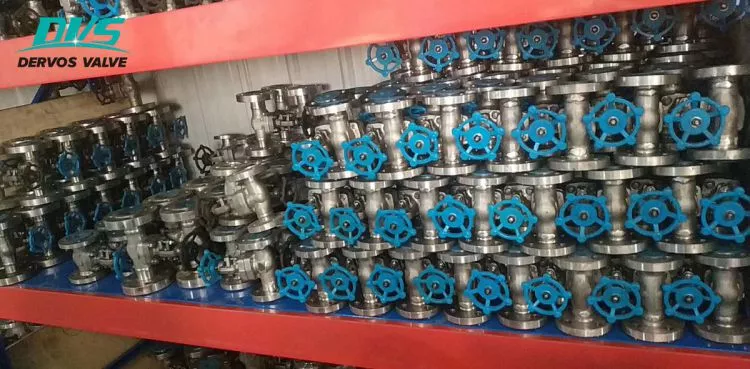3 Points worthy of notice on pipeline valve installation-part two
1. The valve body of the forged steel valve is mostly made of cast iron, which is brittle and therefore must not be hit by heavy objects.
2. When carrying the forged steel valve, it is not allowed to throw it readily; when lifting the forged steel valve, the rope should be attached to the valve body, and it is strictly prohibited to attach the rope on the hand wheel, the valve stem and the flange bolt hole.
3. Forged steel valves should be installed in the most convenient place for operation, maintenance and overhaul. It is strictly prohibited to be buried underground. Forged steel valves on pipes directly buried or in trenches shall be provided with inspection well to facilitate the opening and closing and adjustment of forged steel valves.
4. The thread should be intact and clear. Wrap the linen around the thread, grease it with lead oil or wrap it with Teflon tape. When turning and tightening, use a wrench to clamp the hexagon bolt of the forged valve body screwed into one end of the pipe.
5. When installing the flanged forged steel valve, pay attention to tighten the connecting bolts in the diagonal direction. When screwing, the force should be even to prevent the gasket from being deflected or causing deformation and damage of the valve body.
6. Forged steel valves should be kept closed during installation. For threaded forged steel valves that are closer to the wall, it is often necessary to disassemble valve stem, valve disc and handwheel during installation. During disassembly, the forged steel valve should be kept open by pulling the handwheel before disassembly.
